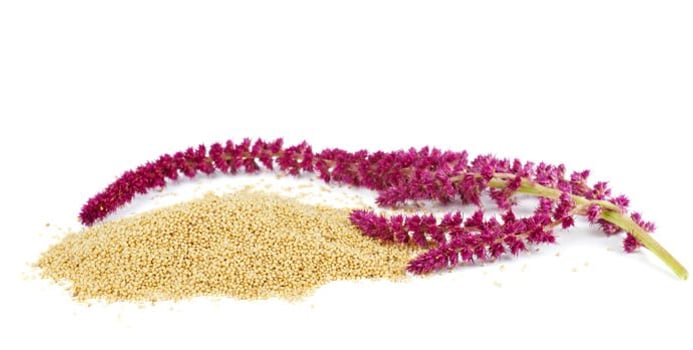Amaranth. It almost sounds like a liqueur or extract that you add to your foods or drinks. Not even close! Amaranth is a crop most often found in Mexico and the Yucatan peninsula and is still a native crop of Peru today. It is a tall plant that can reach up to six feet tall with green leaves and red or gold flowers. In the flowers, there are tiny, grain-like buds and it is grouped with grains in general. Although it's nutritional profile is similar to that of cereal and quinoa. So what does it do?
Benefits of Amaranth
Here are a few facts about amaranth and some benefits to including it in your food plan:
- Gluten-free —It is not technically a grain so it does not have the protein of other grains that can often cause problems.
- Can help you lower your cholesterol — LDLs and triglycerides.
- Anti-inflammatory properties can help reduce pain and inflammation.
- The same peptides that protect against inflammation also have anti-oxidants that may help prevent cancer.
- Has fiber and phytonutrients that can help lower blood pressure and improve heart health.
- Is a plant-based source of protein.
- Contains lysine to help absorb calcium, build muscle and improve energy.
- Rich in calcium, magnesium, and copper. A good source for phosphorous, potassium and zinc.
- Good source of many essential vitamins.
- May boost immune function
How to Include It
It's kind of like quinoa — you can add it to other things or have it alone. It can be roasted, popped like popcorn or boiled and added to any number of dishes as a thickener or additional nutritional component. Boiling seems to be the most popular method to first prepare and you want about 1 1/2 cups of liquid to 1/2 a cup of amaranth. Boil until liquid is absorbed and then you can use it like a hot cereal if you like. However you'd like to try it, it seems to have a lot of nutrition and benefit packed into this little grain-like bud.
[Image via Shutterstock]



